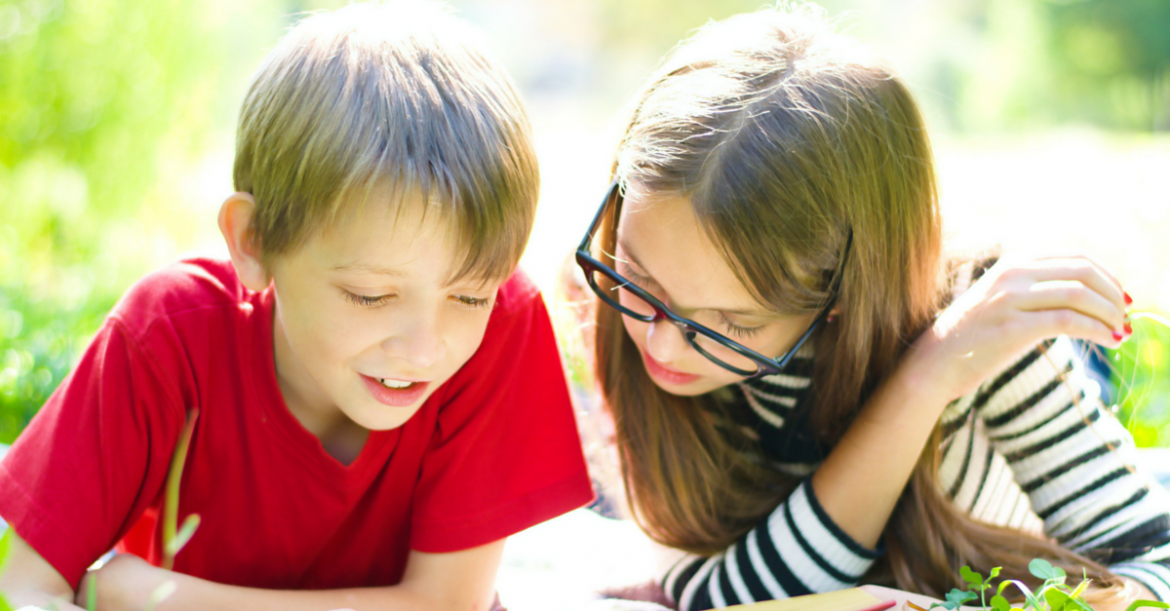We’ve heard all about climate change in the past several years and many of us believe that this is the time for change–to learn what we can do and how we can teach the children of this planet how to become better caretakers than we have been. We all still have a lot to learn, but we can at least start to talk to kids about the meaning and impact it will be on future generations. Climate change refers to general changes in climate patterns, including temperature, precipitation, winds, and other factors over the course of time due to the global impact from people.
Lynne Cherry’s The Great Kapok Tree: A Tale of the Amazon Rainforest talks about the threat to the Amazon Rainforest, but as she says it’s about saving your own backyard too.
Ensuring that kids go outside to play in an open space without being programmed so they can take time to explore nature is a great way to begin–like appreciating the grandeur of a single tree.
Below is a list of interesting websites you and a younger person can peruse to help shape a child’s green thinking and to the world’s eco-system, one small footprint at a time.
- A Student’s Guide to Global Climate Change from the Environmental Protection Agency Climate Change Division. They offer an online calculator to see how impactful your carbon footprint is and how kids can lower it.
- Eschool Today-Offers a variety of lessons in understanding climate change like how does a greenhouse work, important words to know, things you can do and more.
- NASA’s an interactive site Offering games and videos. iClimate kids is produced by the Earth Science Communications Team at NASA’s Jet Propulsion Lab at the California Institute of Technology.
- The EPA (Environmental Protection Agency’s) A Student’s Guide to Global Climate Change website for kids contains online games and links to other sites.
- Globalwarmingkids.net is a project of climatechangeeducation.org and offers school projects, science centers, clubs, events and more related to the topic. They are science museum docents; students, staff and scientists at the University of California, Berkeley as well as elementary, middle and high school student volunteers & interns who are mostly in the San Francisco Bay Area.
 Food
Food Farmers
Farmers Sustainable Living
Sustainable Living Living Planet
Living Planet News
News